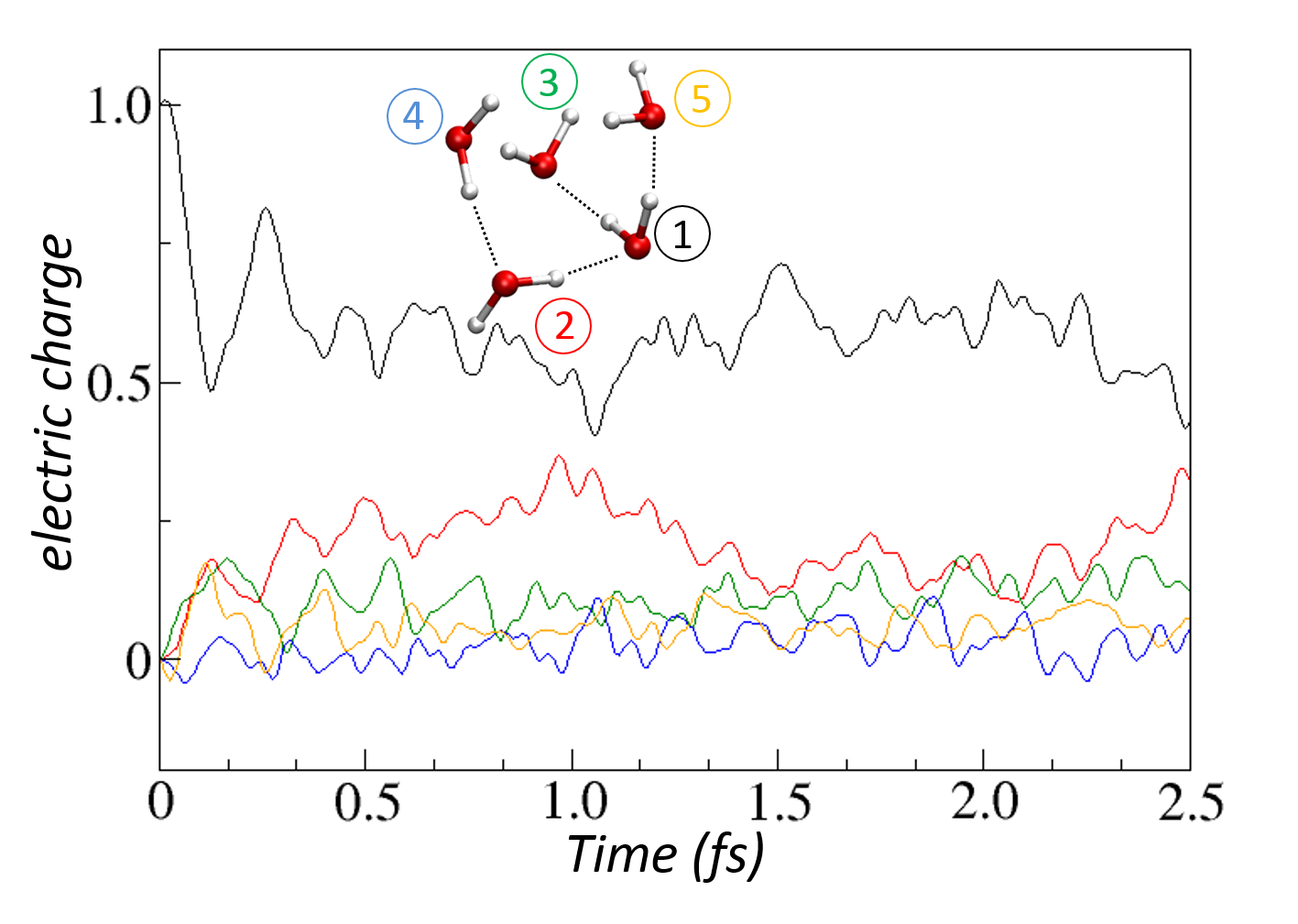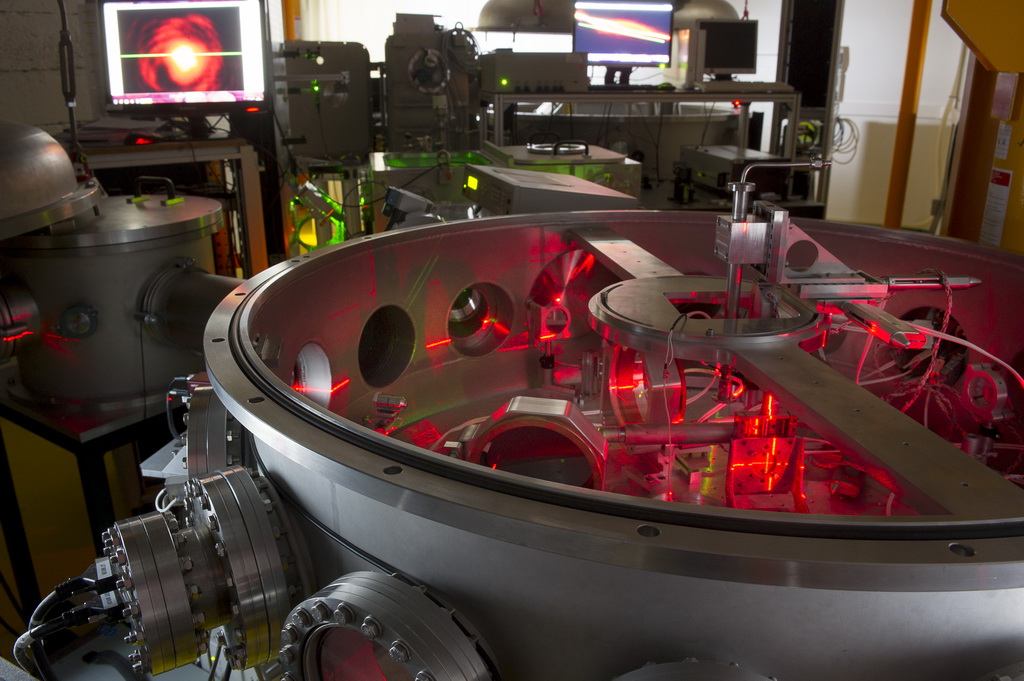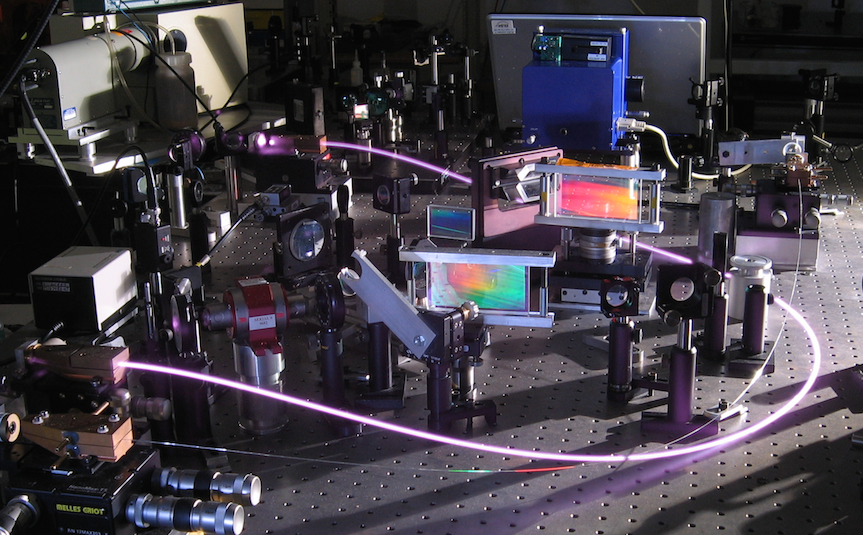Ultra-fast dynamics: from radiation sources to multi-scale responses
| Transformations of matter result from elementary movements of electrons and of nucleus, at extremely varied time scales. In a chemical or biological reaction, and in a crystal lattice, nucleus “move” at time scales going from the femtosecond (1 fs= 10-15s) to several picoseconds and even far beyond in complex systems which intrinsically are “multi-scales”. In the same systems, and in plasmas as well, electrons present a quantum evolution at time scales that can be even shorter, in the field of attosecond (1 as = 10-18s). At spatiotemporal scale, electronic and nuclear dynamics are combined, either directly (in a diabatic way) or on average (adiabatique). After the femtosciences have grown considerably since the 80’s, thanks to the development of femtosecond lasers, the recent discovery of attosecond controlled light sources makes it possible to study the fastest electronic and nuclear dynamics in real time. From attosciences to multiscale studies, ultra-fast dynamics is physics and physico-chemistry major challenge for the coming years. In molecular systems, in gas phase, ultra-fast dynamics should make it possible to explore the coherent attosecond movement of electronic waves packets (Figure 1), and its coupling to the nuclear movement, opening the way to coherent control at ultimate scales. In complex systems such as biological molecules (figure 2), energy redistribution produced by ultra-fast initial excitation/relaxation leads to processes of major interest such as proton transfers, isomerization, etc. During a condensed phase, ultra-fast dynamics will follow the development of electronic correlations, and load carrying, magnetization dynamics and structural dynamics which give their properties to advanced materials. During its plasma phase, in a mode called relativistic, the ultra-fast electronic dynamics at very high intensity laser leads to the creation of ultrafast pulses of light and of packets of very energy-giving particles. Their applications to materials science and to medicine are particularly encouraging. Paris-Saclay Campus does have a set of very efficient and complementary light sources. Several femtosecond lasers and attosecond secondary sources (which are harmonic in extreme UV) are the essential tools in the study of the fastest dynamics. CLUPS lasers cover time scales from picosecond to nanosecond, and they give access to multi-scale studies. SOLEIL synchrotron radiation, which has unique brightness and tunability, is the ideal instrument of spectral complementary studies, and of in time studies, that it enables as well. With these sources, several top-class teams developed experimental and theoretical cutting-edge skills in dynamics studies in diluted, condensed or plasma phase. The “Ultra-fast dynamics from radiation sources to multi-scales responses” theme, wants to promote interdisciplinary actions and to assist innovative projects concerning:
|
 DFT (Density Functional Theory) simulation of charge delocalisation in a cluster of 5 water molecules. During a first phase (a few hundred attoseconds), delocalisation takes place on one of the molecules ; later on, charge variations are found on all molecules. Intense laser systems, reliable, high speed, allow applications increasingly rich and diverse. To go beyond the existing lasers, new techniques are studied: optical parametric amplification chirped, diode pumped new crystals amplifiers, coherent addition of lasers beams from vibrated.
The interaction of ultra-intense laser pulses with the material gives rise to dramatic process, such as the generation of light pulses of very short wavelength and energetic particles. Characterization of the interaction requires the development of complex and innovative as vacuum diagnostics. |
 |
 |
| Alignment of the UHI100 laser-plasma Stroppa (CEA) |
Femtosecond ytterbium doped fiber chirped pulse amplifier (Institut d’Optique) |
List of the projects funded by topic 3 of PALM
Contact : Marino MARSI (LPS)

